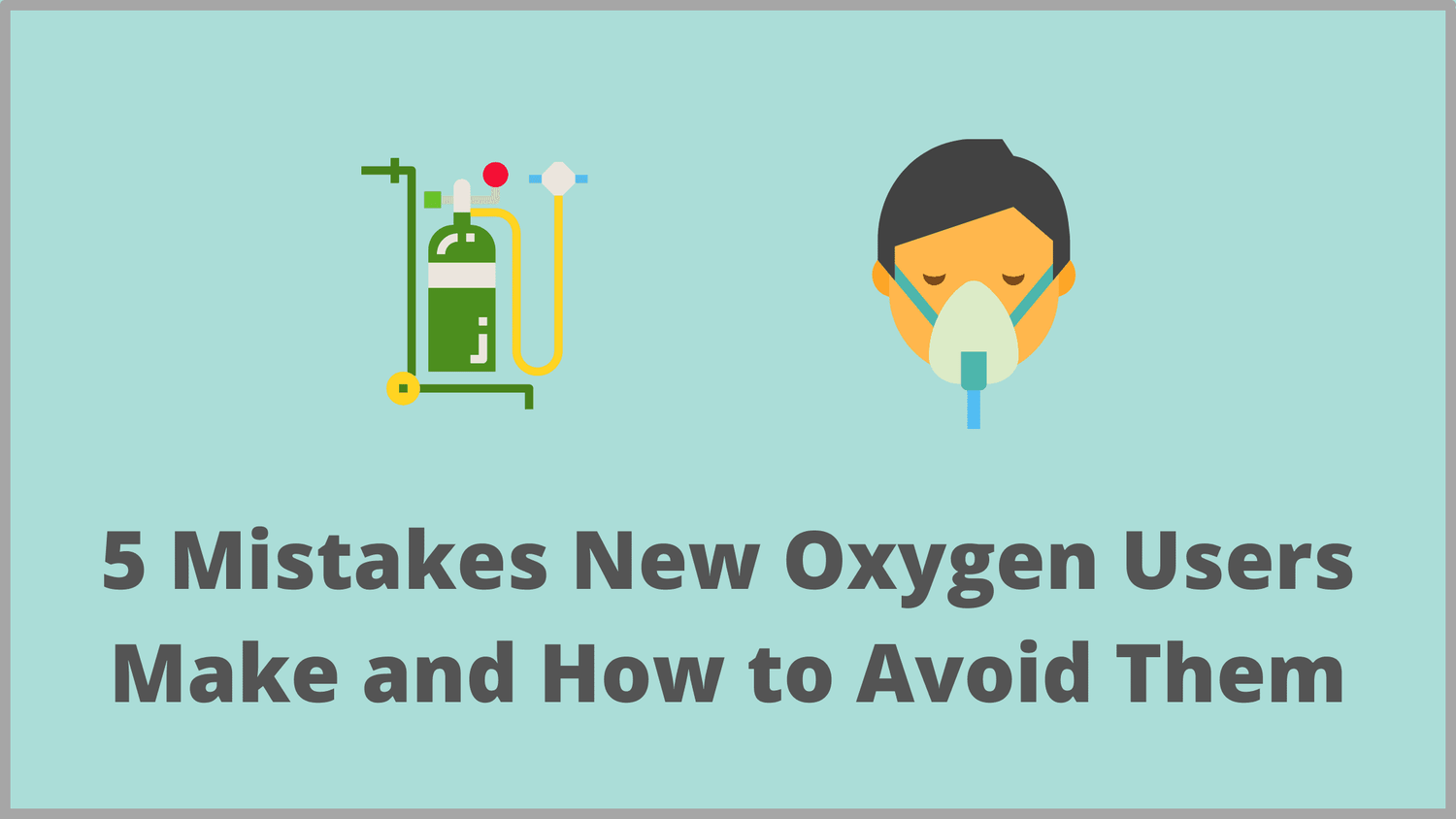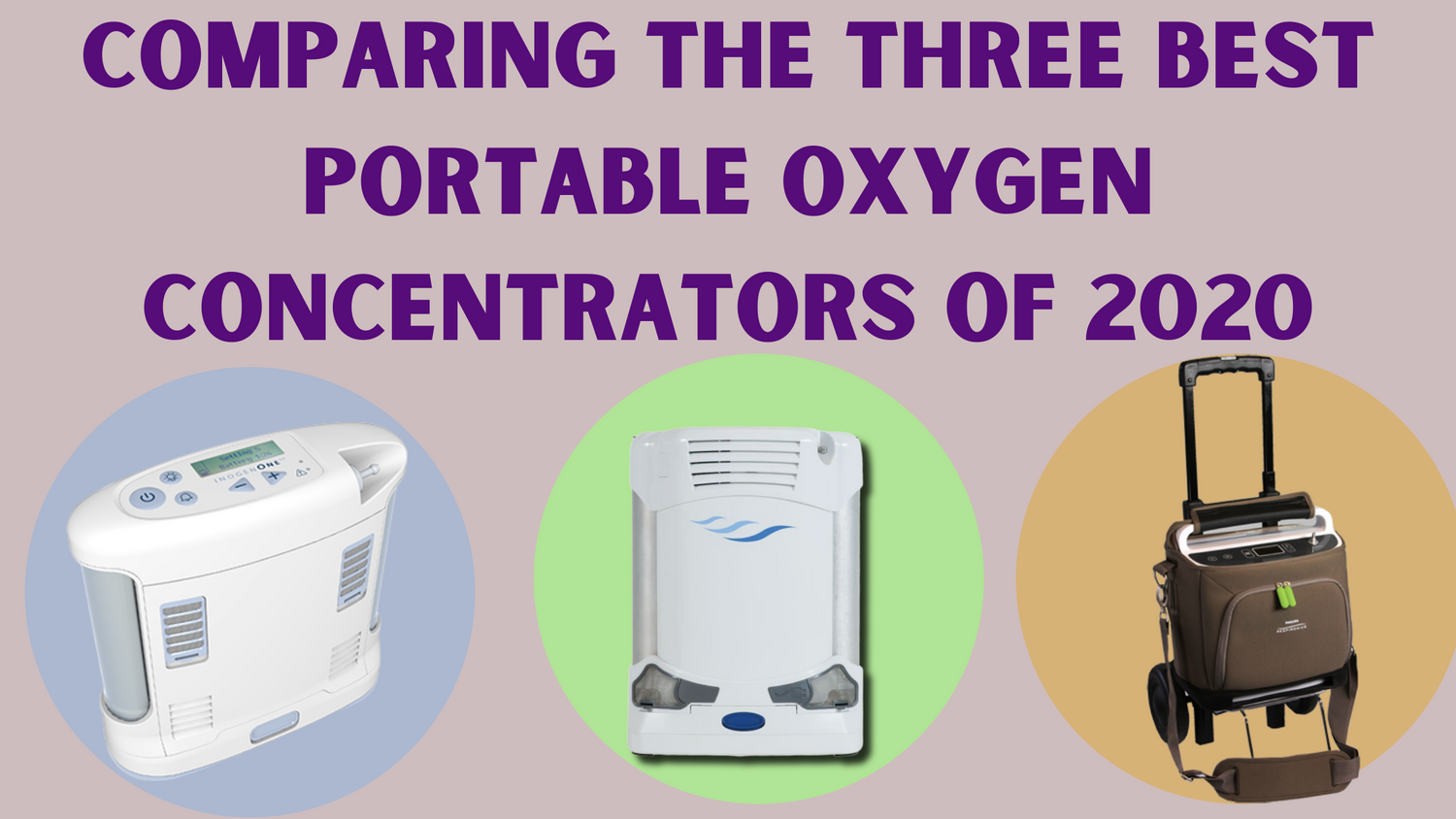Respiratory Resource Center - LPT Medical
Best Walking Paths for Oxygen Patients in Boca Raton, Florida
LPT Medical is luckily enough to occupy a...
Read More5 Mistakes New Oxygen Users Make and How to Avoid Them
Supplemental oxygen therapy, or simply “oxygen therapy,” is...
Read MoreComparing the Three Best Portable Oxygen Concentrators of 2021
There are a few areas of focus that...
Read More


